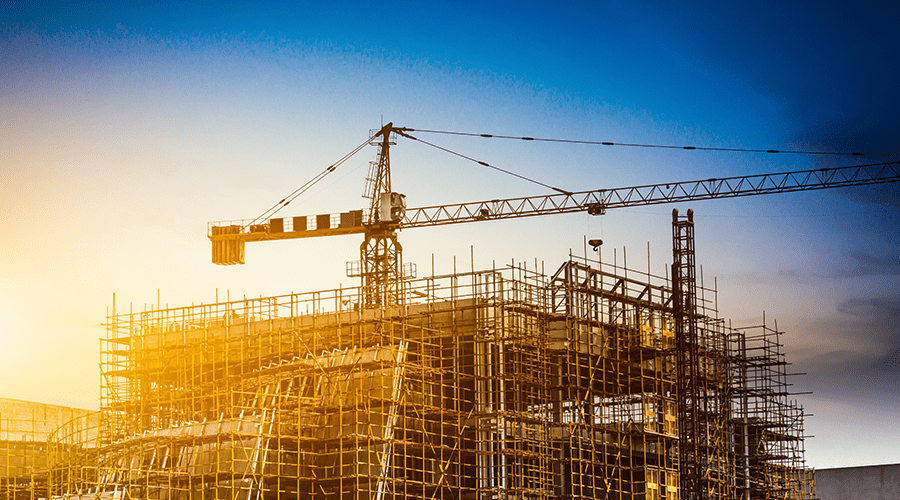
Construction can take many forms, but what exactly is commercial construction? Building projects that can be rented or sold in the private sector are referred to as commercial construction. Offices and manufacturing facilities, as well as medical centres and retail shopping malls, are examples of these spaces. Each commercial construction project is different in terms of scale and effort, and each one is distinct in its own way. The client is solely responsible for the structure's designs and layouts. Since each customer is different, each project will be different. A project can be classified into three sizes of commercial construction: small-scale, medium-scale, and large-scale.
Common Commercial Construction Projects
Commercial building is a broad category that encompasses a wide range of projects. The following are some of the most famous commercial construction projects.
● Restaurants
● Medical Facilities
● Retail & Grocery Stores
● Shopping Malls
● Accommodation (Hotels, Apartments, etc)
● Industrial Structures (Factories, Warehouses)
● Institutional Buildings (High Schools, Universities)
● Sports Facilities
What are the Types of Commercial Construction?
The commercial construction projects can be divided into 3 sizes: small-scale, medium-scale and large-scale. These projects consist of everything from restaurants to office structures to high-rise buildings seen in big cities.
Small-scale Construction
Fixing drainage systems, remodelling and renovating building interiors and exteriors are all examples of small-scale design. Projects are shorter and require less resources, such as equipment and crew members.
Medium-Scale Construction
Upgrading, expanding capacity, and starting from the ground up are all part of medium-scale construction. Projects, such as adding more floors to a building, are more complicated than small-scale projects. As a result, projects can take anything from a few months to a year to complete.
Large-Scale Construction
Hotels, airports, government buildings, bridges, and skyscrapers are all part of large-scale development projects. These "megaprojects" are financed by major commercial construction firms and government agencies. Heavy machinery is used by large groups to construct several floors and expand large areas of property. The completion of long-term projects can take many years.
In the warehousing industry
Success in the consumer goods industry. They must be strategically placed to ensure that the never-ending flow of goods moves as quickly as possible from origin to destination.
Modern warehouses are available in a variety of shapes and sizes. They are designed and constructed to perform specific tasks. Warehouses can be classified into the following types:
● General warehouses are primarily intended to keep goods dry and secure.
● Robots in automated warehouses assist workers in organising goods after they arrive or before they are shipped out.
● Climate-controlled warehouses are common in the food and beverage industries.
● Distribution centres are facilities designed to speed up the delivery of goods.
Starting at a low point of 49 million square feet in 2010, warehouse stats increased by double digits for seven consecutive years, resulting in a “amazing” 508 percent increase that brought stats up to 297 million square feet in 2017. Following a flat period in 2018, the hot curve resumed with 354 million square feet in 2019, and is expected to continue in 2021 with post-Covid projects.
POSTED BY
Team 13SQFT